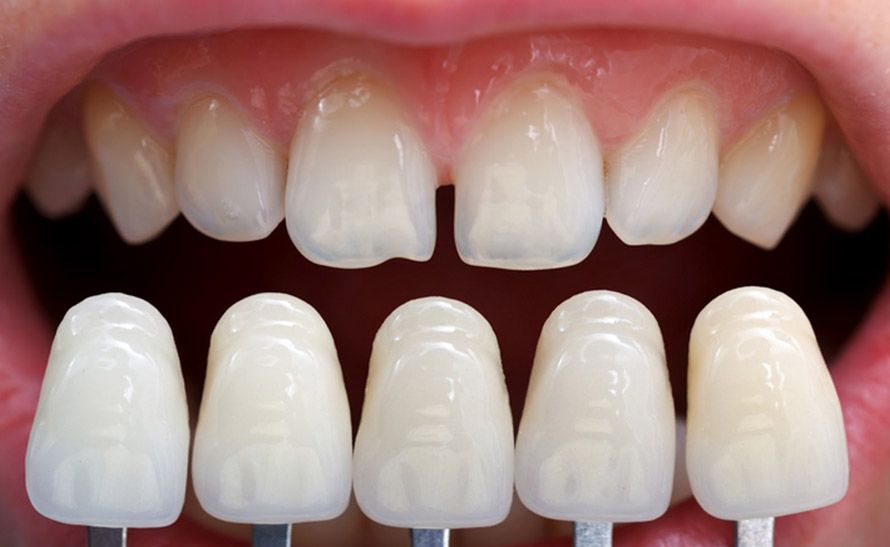Veneers are a popular cosmetic dental solution for those with chipped, worn, or stained teeth, offering an option to enhance one’s smile. These veneers, which are generally not covered by dental insurance and can be quite expensive, serve a purely aesthetic purpose. Understanding their nature and implications is crucial before deciding to get them, given their high cost and permanent nature.
According to the Cleveland Clinic, veneers are thin coverings applied to the front surfaces of teeth. They are typically crafted from tooth-colored composite materials or porcelain and are designed to be a long-lasting cosmetic enhancement. Unlike crowns, which cover the entire tooth and provide structural support, veneers focus solely on improving the appearance of the teeth.

Veneers are ideal for individuals seeking a more attractive smile and can address issues such as chipped or broken teeth, gaps, stains that are resistant to whitening treatments, and other aesthetic imperfections. However, they are not suitable for everyone.
Those with severe cavities or gum disease may need to address these underlying health issues before veneers can be considered.
There are three primary types of veneers: porcelain, composite, and no-prep. Porcelain veneers are custom-made and require the removal of some enamel to ensure proper adhesion. Composite veneers, similar to the material used in dental bonding, are used for less severe cosmetic issues. No-prep veneers are a less invasive option, involving minimal removal of enamel, though they are not suitable for all patients.
The process of getting veneers involves a few key steps. Initially, a dentist will assess if you are a good candidate for veneers, followed by the removal of a small amount of enamel and taking impressions of your teeth.
The veneers are usually made in a lab and may take weeks to arrive. Once ready, the veneers are bonded to your teeth with dental cement, and patients can generally return home the same day. Post-placement care includes maintaining good oral hygiene and avoiding foods and beverages that could stain the veneers.
